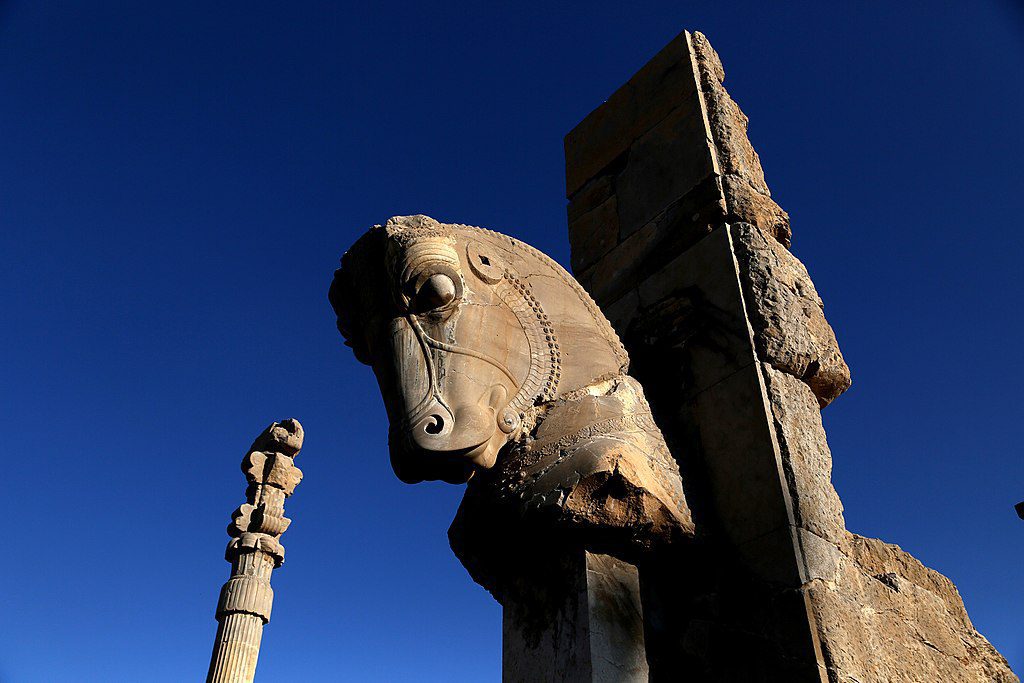Table of Contents
Persepolis, meaning “City of the Persians,” was founded by Darius the Great in the 6th century BCE. It served as the ceremonial capital of the mighty Persian Empire, symbolizing the wealth, power, and grandeur of the Persian civilization. Nestled in the southwestern region of present-day Iran, Archaeological Sites of Persepolis has witnessed the rise and fall of several Persian kings and has left an indelible mark on history.
Unveiling the Historical Significance of Persepolis
Persepolis played a pivotal role in ancient Persia, serving as the center of political, administrative, and religious activities. Its imposing structures and intricate artwork showcase the architectural genius and artistic prowess of the Persian Empire. The ruins of Persepolis provide valuable insights into the opulent lifestyle, social hierarchy, and religious practices of the ancient Persians.
Architectural Marvels of Persepolis
The Gate of All Nations
As the main entrance to Persepolis, the Gate of All Nations welcomed visitors from diverse cultures and civilizations. Its imposing structure featured majestic stone bulls and intricate carvings, representing the empire’s multicultural influences.
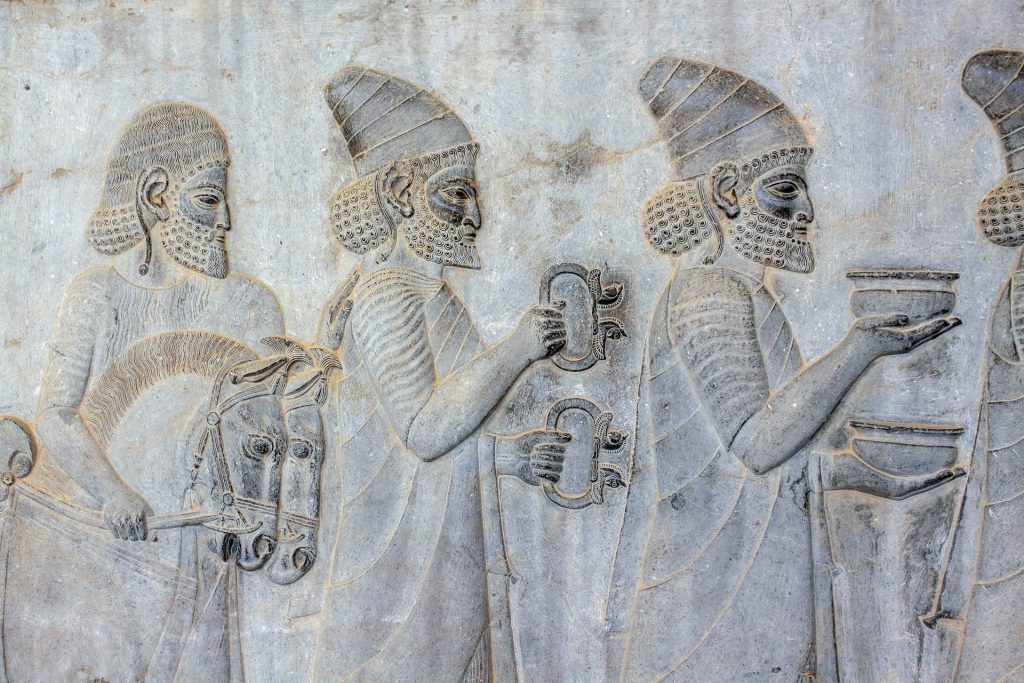
Apadana Palace
The Apadana Palace served as the grand reception hall, hosting elaborate ceremonies and royal gatherings. Its iconic staircase, adorned with bas-reliefs depicting various nations paying tribute to the Persian king, is a testament to the empire’s dominance.
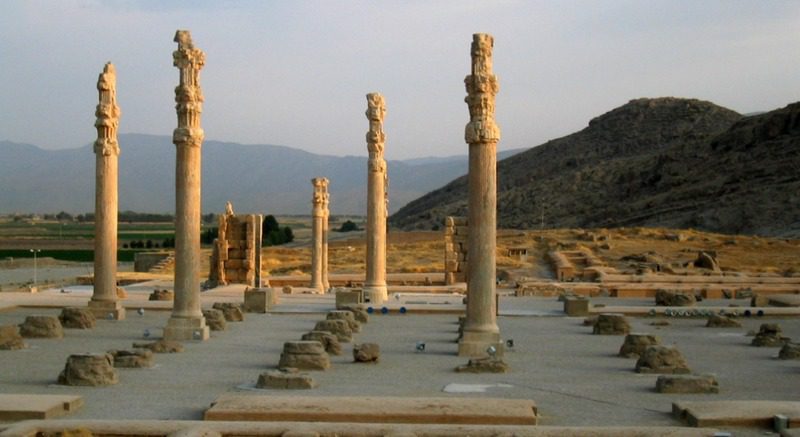
Throne Hall
The Throne Hall, also known as the Hall of 100 Columns, boasted a vast hall supported by rows of colossal columns. It was here that the Persian kings received dignitaries and conducted important affairs of state.
Tachara Palace
Tachara Palace, the private residence of Darius the Great, showcased intricate stone carvings and exquisite artwork. Its elegant design and lavish decor reflect the luxurious lifestyle of the Persian rulers.
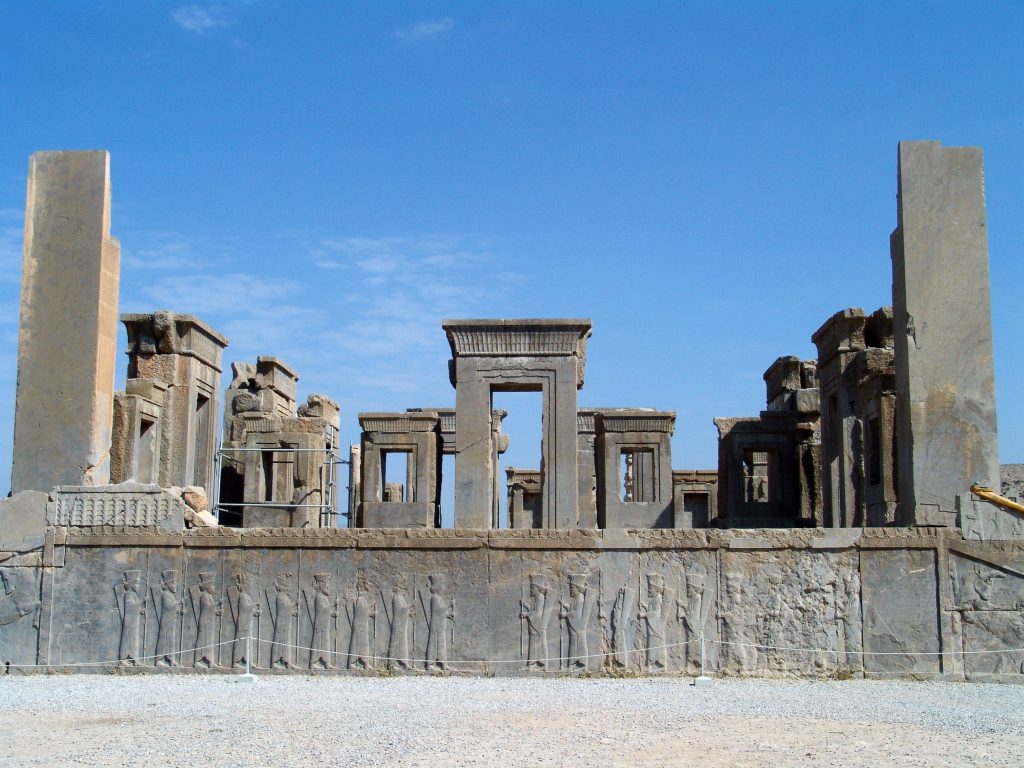
Hadish Palace
Hadish Palace, located in the eastern part of Persepolis, served as the living quarters for the royal family. The palace’s intricate architecture and detailed reliefs depict scenes of court life and hunting expeditions.
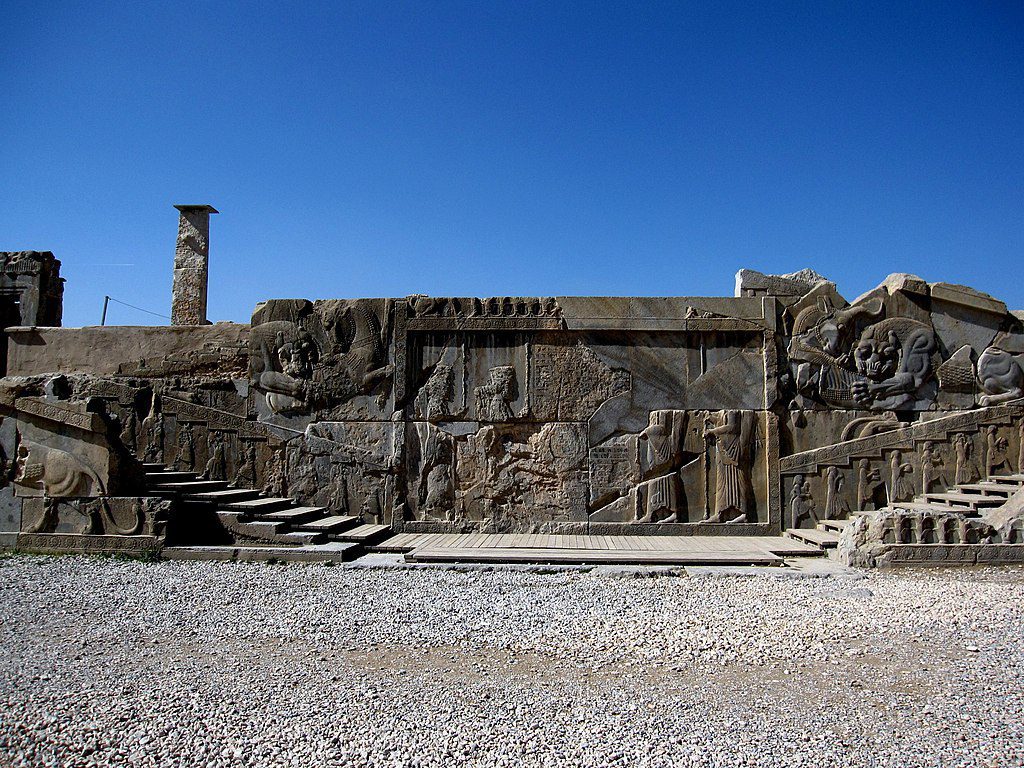
Treasury
The Treasury, an underground structure, is believed to have safeguarded the empire’s wealth and treasures. Its secret location and robust construction speak to the importance of protecting the empire’s riches.
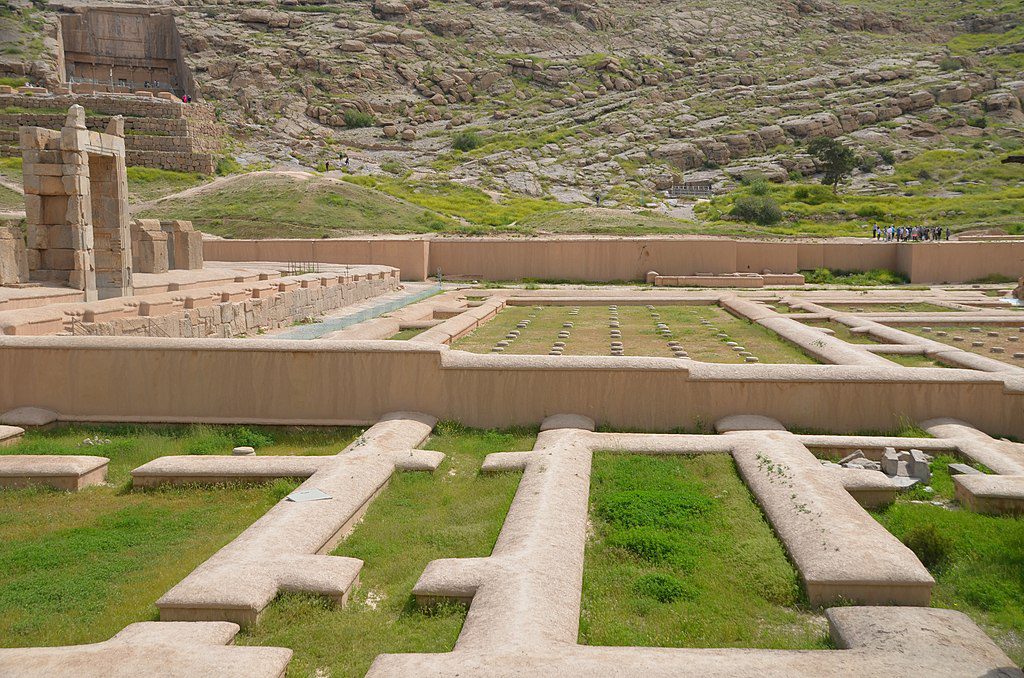
The Hundred Column Hall
The Hundred Column Hall, with its rows of meticulously carved columns, served as a place of worship and celebration. The hall’s symmetrical layout and elaborate designs are a testament to the Persian Empire’s artistic achievements.
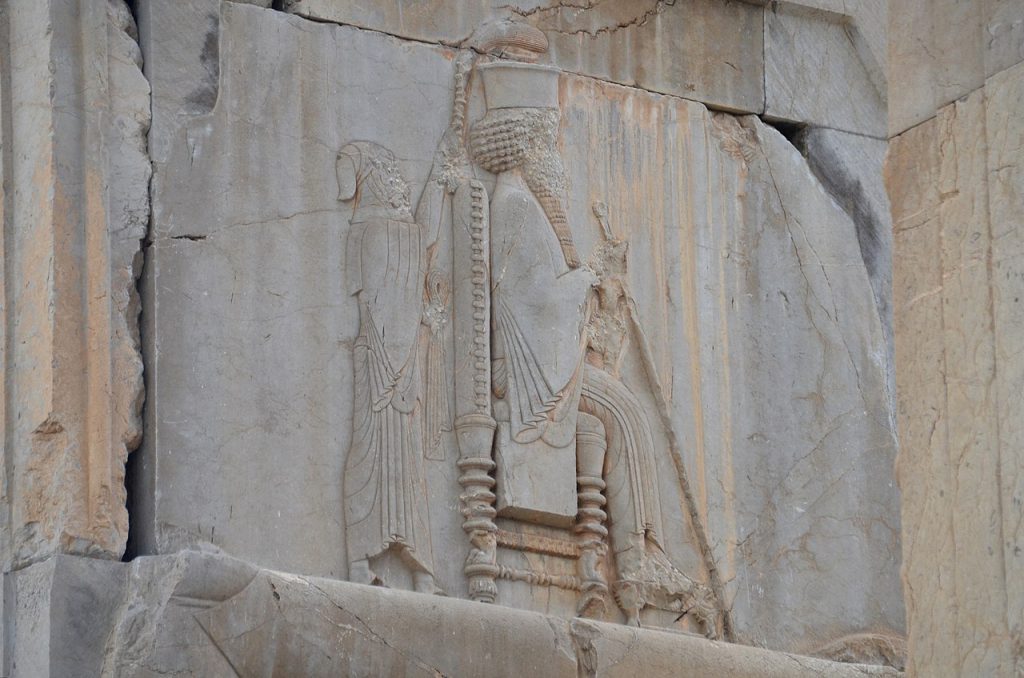
Private Palaces
Scattered throughout Persepolis are the ruins of private palaces belonging to influential nobles and courtiers. These palaces offer a glimpse into the daily lives and opulence enjoyed by the Persian elite.
Other Notable Structures
Persepolis is also home to a range of other architectural marvels, including the Council Hall, the Tripylon, and various royal tombs. Each structure contributes to the rich tapestry of Persepolis’s historical significance.
Preserving the Art and Sculptures of Persepolis
The art and sculptures of Persepolis are a testament to the artistic skills and cultural depth of the ancient Persians. These intricately carved reliefs and statues depict mythological scenes, religious ceremonies, and the grandeur of Persian civilization. Preservation efforts have been undertaken to safeguard these precious artworks, including restoration projects and the establishment of museums to exhibit and protect the relics.
Unearthing Life in Persepolis
Persepolis provides us with fascinating insights into the daily life of the ancient Persians. The social structure was hierarchical, with the king at the top, followed by the nobles, priests, and common people. The administrative system was well-organized, with officials overseeing various aspects of governance, taxation, and trade.
Religion played a significant role in the lives of the Persians, and Persepolis housed temples dedicated to various deities. Religious ceremonies, sacrifices, and rituals were conducted to appease the gods and ensure the prosperity of the empire.
Trade and commerce thrived in Persepolis, thanks to its strategic location on major trade routes. The city was a bustling hub of economic activity, with merchants, craftsmen, and traders exchanging goods from different parts of the empire and beyond.
The daily life of the people revolved around family, education, and leisure activities. The Persians valued education, and Persepolis likely had centers of learning where subjects like mathematics, astronomy, and literature were taught. Recreation and entertainment included music, dance, sports, and hunting.
Excavations and Archaeological Discoveries
Persepolis has been the subject of extensive archaeological excavations, starting in the 1930s. These excavations have unearthed numerous artifacts, inscriptions, and architectural remains, shedding light on the history and culture of the Persian Empire.
Archaeologists have made remarkable discoveries at Persepolis, including monumental staircases, intricately carved reliefs, fragments of pottery, and ancient texts. These findings have expanded our knowledge of ancient Persia and deepened our understanding of the empire’s political, social, and artistic achievements.
Persepolis: A Cultural Treasure
Persepolis holds immense cultural significance, both for Iran and the world. It stands as a testament to the achievements of the Persian civilization and serves as a bridge between ancient and modern times. The majestic architecture, exquisite art, and historical importance of Persepolis have captured the imagination of artists, writers, and filmmakers, inspiring countless works of literature, poetry, and visual media.
Planning Your Visit to Persepolis
If you’re inspired to explore the wonders of Persepolis, careful planning will ensure a memorable visit. Persepolis is located near the city of Shiraz in Iran and can be reached by road or air. The site is open to visitors during specific hours, and entrance fees may apply.
When visiting Persepolis, be sure to allocate enough time to fully appreciate the grandeur of the ancient city. Highlights not to be missed include the Gate of All Nations, Apadana Palace, and the stunning bas-reliefs. Guided tours are available, providing valuable insights into the historical context and significance of each structure.
Persepolis is best enjoyed during the spring and fall seasons when the weather is pleasant. It’s advisable to wear comfortable shoes, carry sunscreen, and stay hydrated while exploring the expansive ruins.
Persepolis in Popular Culture
Persepolis has made its mark in popular culture, serving as a backdrop for numerous literary works, films, and documentaries. Writers and poets have found inspiration in the mystique and beauty of Persepolis, weaving its history into their narratives. Filmmakers and documentarians have captured its grandeur on the silver screen, allowing audiences around the world to experience the magic of Persepolis.
Q1: What is the historical significance of Persepolis?
A1: Persepolis played a pivotal role in ancient Persia, serving as the center of political, administrative, and religious activities. Its imposing structures and intricate artwork showcase the architectural genius and artistic prowess of the Persian Empire. The ruins of Persepolis provide valuable insights into the opulent lifestyle, social hierarchy, and religious practices of the ancient Persians.
Q2: What are some of the architectural marvels of Persepolis?
A2: Persepolis boasts several architectural marvels, including the Gate of All Nations, Apadana Palace, Throne Hall, Tachara Palace, Hadish Palace, Treasury, Hundred Column Hall, and private palaces. Each structure represents the grandeur, craftsmanship, and cultural significance of the Persian Empire.
Q3: How are the art and sculptures of Persepolis preserved?
A3: The art and sculptures of Persepolis are preserved through various methods, including restoration projects and the establishment of museums. These efforts aim to protect and exhibit the intricately carved reliefs, statues, and artifacts that depict mythological scenes, religious ceremonies, and the grandeur of Persian civilization.
Q4: What can we learn about daily life in Persepolis?
A4: Persepolis provides fascinating insights into the daily life of the ancient Persians. The social structure was hierarchical, with the king at the top, followed by the nobles, priests, and common people. The city thrived in trade and commerce, with a well-organized administrative system overseeing governance, taxation, and trade. Education, religion, family, and leisure activities were integral parts of Persian life.
Q5: How can one plan a visit to Persepolis?
A5: To plan a visit to Persepolis, it is advisable to consider the location and timing. Persepolis is located near the city of Shiraz in Iran and can be reached by road or air. The site has specific visiting hours, and entrance fees may apply. Allocating enough time to explore the site thoroughly is recommended, and guided tours are available to enhance the experience. It’s best to visit during spring or fall when the weather is pleasant, and wearing comfortable shoes, carrying sunscreen, and staying hydrated are essential for exploring the expansive ruins.
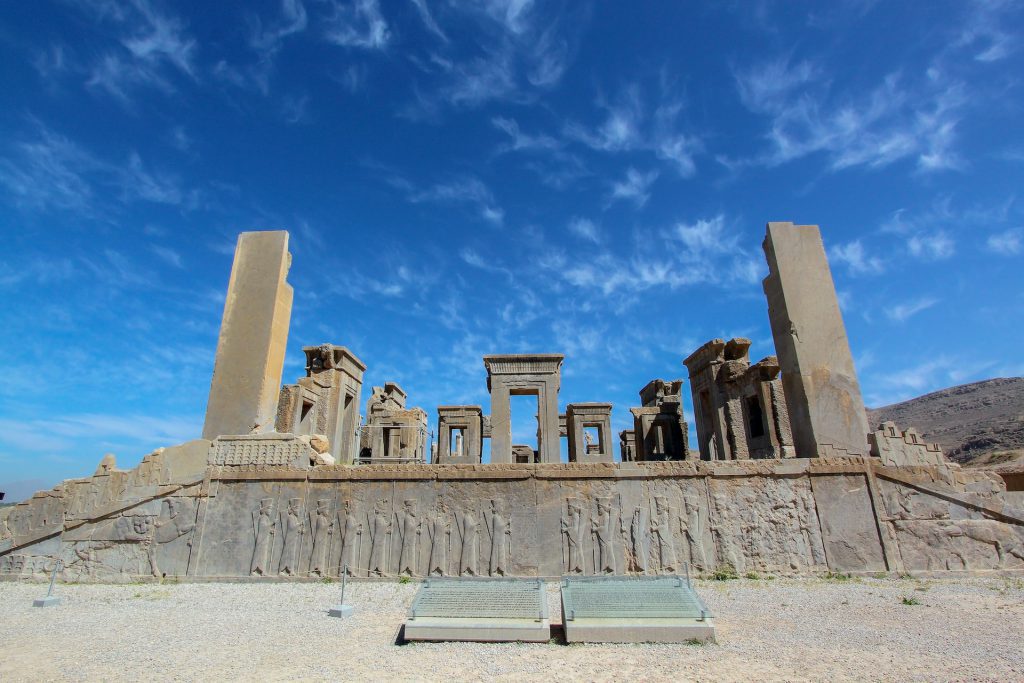
Unveiling the Ancient Mysteries: Embark on an Archaeological Journey in Iran
If you’re an avid traveler with a penchant for historical wonders and breathtaking landscapes, Iran is a destination that should be on your radar. Nestled in the heart of the Middle East, this enchanting country boasts a rich tapestry of history, culture, and natural beauty. While Iran offers a myriad of attractions, one of the most captivating experiences awaits you in its vast and mystical deserts.
To truly immerse yourself in the wonders of the Iranian deserts, it is highly recommended to embark on an Archaeological Tour. These tours provide a unique opportunity to delve into the depths of ancient civilizations, unearth the secrets of bygone eras, and witness the enduring legacy left behind by the Persians, Parthians, and other great empires.
By choosing an Archaeological Tour, you’ll not only have the chance to explore the awe-inspiring desert landscapes but also discover the remnants of ancient cities, archaeological sites, and UNESCO World Heritage Sites that dot the Iranian countryside. From the majestic ruins of Persepolis to the mesmerizing city of Yazd, renowned for its historic adobe architecture, each destination unveils a chapter of Iran’s remarkable past.
To ensure a seamless and unforgettable journey, look no further than ToIranTour. As a leading provider of Iran tours and travel packages, we specialize in crafting exceptional itineraries that cater to the diverse preferences of our travelers. With our expertise and passion for Iran’s cultural heritage, we meticulously design each tour to encompass the most captivating archaeological sites, hidden gems, and off-the-beaten-path adventures.
At ToIranTour, we understand that every traveler has unique interests and requirements. Whether you’re an archaeology enthusiast, a history buff, or simply a curious explorer, we strive to tailor your journey to match your specific interests and desires. Our team of experienced professionals is dedicated to providing personalized attention and ensuring that every aspect of your trip is meticulously planned, from accommodation and transportation to guided tours and immersive experiences.
We take pride in offering unparalleled customer service and a commitment to excellence. Our knowledgeable guides will accompany you throughout your journey, sharing their expertise and captivating stories about Iran’s ancient civilizations. Our handpicked accommodations provide comfort and authenticity, ranging from boutique hotels in historic cities to traditional caravanserais nestled in the desert.
Embarking on an Archaeological Tour with ToIranTour is more than just a trip; it’s an opportunity to embark on a transformative experience. We are here to assist you in unraveling the mysteries of Iran, unveiling its hidden treasures, and creating cherished memories that will last a lifetime.
Choose ToIranTour for your next adventure, and let us help you have an extraordinary experience in the captivating land of Iran.
